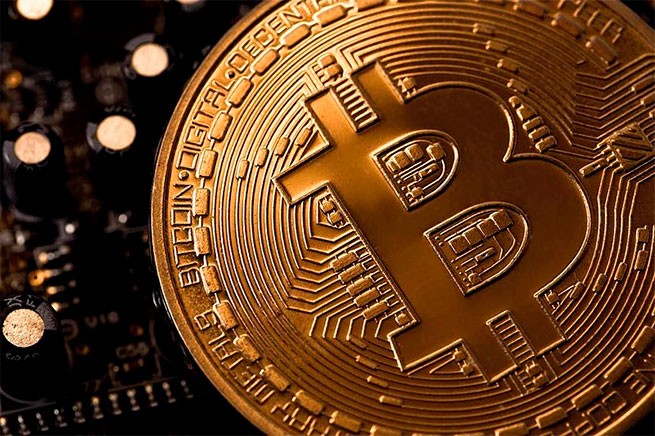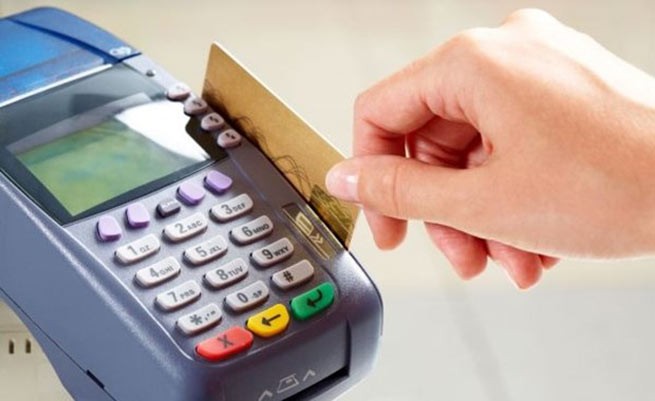2022 was a transitional year. Fortunately, most of the world has left behind months of self-isolation and is slowly but surely returning to the normal course of life.
During the years of the pandemic, we have moved from exceptionally remote work to hybrid models and from rapid economic growth to significant short-term economic uncertainty as the transition from cash to digital payments continues around the world.
Travel for work and leisure returns to boost retail spending
Global travel rebounded in 2022 as borders reopened, bringing demand back to normal. A recent study by Visa recorded a significant increase in the average amount spent per overseas traveler between June and August 2022, both for retail spending and for “traditional travel” such as hotels, restaurants and entertainment. However, growth in both cross-border retail spending and other travel spending has leveled off. In connection with business trips, tourists use the offers to less popular destinations, paying less for residency in seven out of ten global business destinations compared to 2019.
Consumers consciously choose sustainable behavior
While there will be more people traveling for work, leisure, etc. this year, consumers are expressing concerns about sustainability and climate change in the way they consume and behave while traveling. A recent study by Skift and McKinsey found that 40% of global travelers are willing to pay at least 2% more for zero-carbon flights. However, the same data shows that only 14% of travelers actually did so. We expect more consumers to act on their words in 2023 as more options become available.
Resale — another term for circular trade where renting, refilling, repairing, reselling, returning and redistributing goods are more sustainable options — is gaining momentum: 69% of consumers surveyed in a recent Visa survey said they would select merchants based on these activities . This year, we look forward to more reward programs and tools for consumers making sustainable choices.
Convenience will play a key role in enabling consumers to make smart choices every day. The ability to pay for public transport with a contactless credit, debit or prepaid card or payment device means that passengers will no longer need to tie money to transport cards, buy a ticket or look for cash when they decide to use the media instead of driving. Visa’s second survey on the future of urban mobility found that 91% of participants expect contactless payments to be the new way to pay at MNCs. On the Visa network, one billion contactless transactions across transport networks worldwide were surpassed in just ten months in 2022, and there are no signs of slowing down.
B2B becomes 3.0
Innovation in B2B payments will drive the next wave of digital transformation. From 2023 we will see version 3.0 for B2B payments. B2B mobile payments are expected to grow as businesses prefer to pay and receive payments over the phone, and the digitization of B2B payments will fuel the growth of B2B e-commerce transactions. Now more B2B businesses than ever are making online payments, and by 2025, 80% of B2B transactions are expected to be digital. At the same time, more and more governments are making progress in digitizing payments. The innovation drive will continue as the ecosystem provides more features and functionality to streamline payments and business operations.

Cryptocurrency Volatility Creates New Opportunities
Over the past year, the cryptocurrency markets have been volatile. While the future is yet to be determined, we expect some less robust ideas to be sidelined while others focused on taking a measured, adequate approach to new technology developments will continue to create meaningful web3 solutions.
In the near future, we see governments, central banks, traditional financial institutions and fintech constantly focusing on programmable money and payments – be it CBDCs, stablecoins or other forms of tokenized money. In the near future, examples of web3 payments will include payroll payments, micropayments, and cross-border payments. Finally, companies are using NFT technology to create new digital experiences.
Fraud adapts to a “hybrid” world
More and more people are switching to a “hybrid” way of working, and scammers are following this trend, adapting their tactics. As more travelers pay fares, there are more opportunities for scammers to gain access to sensitive data. As travel becomes more popular, we will likely continue to see cross-border fraud on the rise. Perhaps the most recent threat to emerge is “identity composite” – where scammers assemble a new face from pieces of personal data. We expect small businesses to continue to be targeted as they often lack the resources or expertise to prioritize protection and other security measures. A recent Visa survey found that more than half (58%) of travelers reported being concerned about the possibility of fraud with their credit or debit cards while traveling.

All this means that security and trust will remain critical issues. Next-generation authentication solutions to protect users, such as EMV 3D Secure (EMV 3DS), help make global e-commerce secure in real time. Digital payment methods and solutions will continue to become simpler and more secure, and businesses will better understand the importance of investing in fraud prevention protections and insurance policies that can help mitigate the impact of a breach.
The World in Transition
While the digital transformation, accelerated during the pandemic, is already underway, many are still left behind. These include 29% of adults in developing countries who are outside the formal financial system and 43% of adults in emerging economies who rely solely on cash. Since 70% of the new value created in the global economy is based on increased productivity through the adoption of digital technologies, much remains to be done.







More Stories
Highway E65: how long does the Athens-Kalambaka journey take, toll
"Tax" for fire protection of real estate
The first non-state medical school in Greece